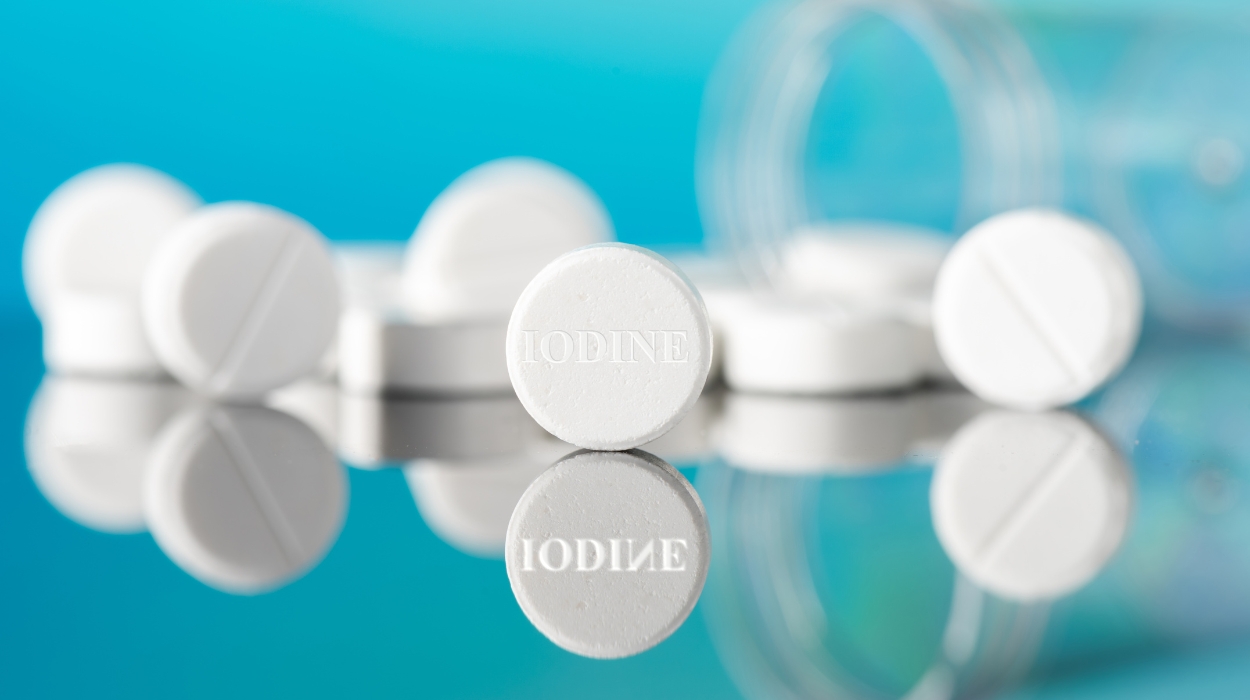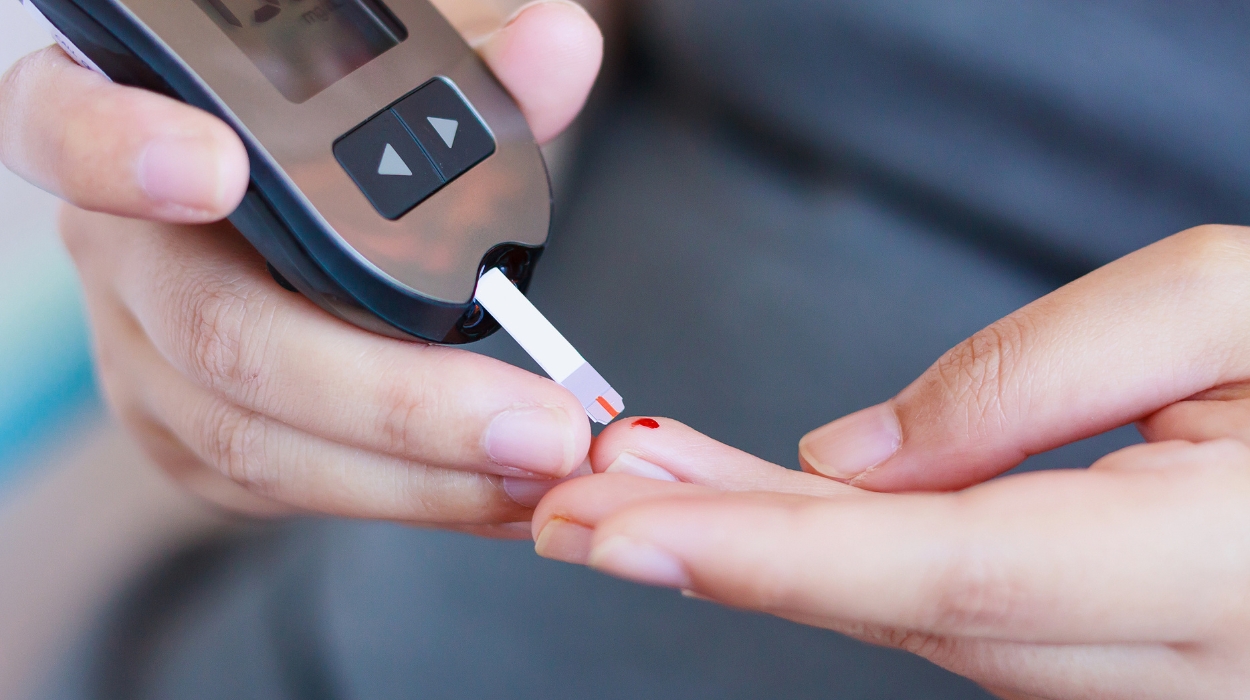Metformin and Trulicity have been recognized as potential solutions for those seeking effective weight loss strategies. The growing trend started as individuals reported that they could lose weight on Ozempic.
While initially designed to improve blood sugar levels in those with type 2 diabetes, metformin, and Trulicity have also shown promise in promoting weight loss. We’ll cover insights into how they can be taken safely, potential side effects, and whether combining them is viable.
If you’re trying to shed excess fat, this article offers the information you need to make informed decisions about your medication regimen under the guidance of a healthcare professional.
Can You Take Metformin And Trulicity Together For Weight Loss?
Yes. Metformin and Trulicity can be taken together for weight loss, particularly in individuals with type 2 diabetes. While not explicitly approved for weight loss, their combined use may improve blood sugar levels and weight management.
Metformin And Trulicity For Weight Loss
Trulicity and metformin are two medications primarily prescribed for diabetes management. In addition, their potential as a weight loss drug has been a subject of increasing interest. Many people search for how to lose weight without exercise, so these medications have become an attractive solution for these people.
Let’s examine these medications and explore how they can be used simultaneously to influence your weight.
Metformin For Weight Loss

Metformin is a generic medication commonly used to control and manage diabetes. Understanding how metformin works can provide insight into its potential benefits for weight management.
Metformin is in the biguanides[1] category and functions primarily by improving insulin sensitivity and reducing glucose production by the liver. This means it helps the body’s cells become more receptive to insulin, the hormone responsible for regulating blood sugar. By enhancing insulin sensitivity, metformin assists in lowering blood glucose levels, which is crucial for those with type 2 diabetes.
One of the critical ways metformin aids weight loss[2] is by curbing appetite and reducing calorie intake. It influences the hormonal regulation of hunger and makes individuals less likely to consume excessive calories. Reducing your calorie consumption makes it easier to maintain a calorie deficit.
Metformin has also shown benefits related to improved lipid profiles[3] (which measure amounts and types of fats in your blood). It has been shown to reduce levels of circulating fats in the body. These positive changes promote cardiovascular (heart) health.
It’s important to note that metformin is typically prescribed for individuals with insulin resistance, prediabetes, or type 2 diabetes. Weight loss is a positive side effect, but it should not be the sole reason for its use. It’s essential to consult a healthcare provider to discuss potential risks, side effects, and appropriate use for those without diabetes.
Trulicity For Weight Loss

Trulicity is a relatively newer brand-name medication for individuals undergoing diabetes treatment. Although not specifically FDA-approved for weight loss, it has shown promising results for weight loss effects.
Trulicity falls under the class of glucagon-like peptide-1 receptor agonists. GLP-1RAs[4] mimic the hormone known as glucagon-like peptide-1, which regulates blood sugar levels and appetite.
The dual action offered by GLP-1RAs benefits individuals with type 2 diabetes by helping them achieve better blood sugar control and shed excess weight. Trulicity activates GLP-1 receptors,[4] increasing insulin release and delayed stomach emptying. It also reduces glucagon secretion, a hormone the pancreas produces to help regulate blood sugar levels.
The weight loss effect[4] of Trulicity is believed to be a result of multiple factors. First, it induces a feeling of fullness or satiety, reducing food intake. The appetite-suppressing quality is particularly beneficial for those trying to control their weight.
Trulicity also moderates the speed of food movement[4] from the stomach to the intestines, aiding digestion. Finally, Trulicity may influence the brain’s reward system by diminishing the pleasure derived from food and reducing cravings. Clinical trials[5] have supported the weight loss potential of Trulicity, with participants experiencing a gradual reduction in body weight over time.
Are Trulicity And Metformin The Same?
No, Trulicity and metformin are not the same. They are distinct medications with different effects. They are sometimes prescribed together to enhance overall diabetes management and weight loss.
Metformin is a biguanide that primarily improves insulin sensitivity and reduces glucose production in the liver. Trulicity belongs to the glucagon-like peptide-1 receptor agonist class. It mimics a naturally occurring hormone to regulate blood sugar and reduce appetite.
Can you take metformin and Trulicity together for weight loss? When used together, they complement each other’s effects. Combining their effects provides a more comprehensive approach to managing the body’s blood sugar levels and achieving weight loss.
Is Trulicity Or Metformin Better For Weight Loss?
Research indicates that Trulicity may outperform metformin in weight loss results. A 2020 randomized controlled trial[6] with over 1,800 participants on metformin for type 2 diabetes revealed dose-dependent effects of Trulicity.
Starting at 0.75 mg, participants progressed to targeted doses of 1.5 mg, 3 mg, or 4.5 mg. Results demonstrated that higher Trulicity doses led to more substantial weight loss than lower doses after nine months. For example, 4.5 mg doses led to around a ten-pound weight loss, while 1.5 mg resulted in a weight loss of just under seven pounds.
The study also highlighted the dose-related improvements in blood glucose levels. It emphasized the potential benefits of adjusting Trulicity doses based on individual response for enhanced weight loss and glycemic control.
How To Take Metformin And Trulicity For Weight Loss
Taking Trulicity and metformin for weight loss together should be approached with a clear understanding of each medication’s prescribed usage. Metformin is typically taken daily with meals to minimize gastrointestinal side effects. Dosages may vary, and following your healthcare provider’s recommendations is crucial.
Trulicity is administered as a subcutaneous injection once a week. It is often started at a low dose and gradually increased. Taking Trulicity on the same day each week is essential to maintaining consistency.
Maintaining a healthy diet, drinking water, and incorporating regular physical activity while taking these medications is crucial. Monitor blood sugar levels regularly and promptly report any unusual symptoms to your healthcare provider.
What Is The Recommended Metformin And Trulicity Dosage?
Trulicity is available in single-dose pens. Patients take a weekly dose of the diabetes medication, progressing through the following[4] dosage strength as recommended by a medical professional:
- 0.75 mg
- 1.5 mg
- 3 mg
- 4.5 mg
The subcutaneous injection is given in the upper arm, thigh, or abdomen. The starting dose is 0.75 mg but may increase to 1.5 mg after the first week based on blood sugar levels. Further adjustments, in increments of 1.5 every four weeks, can be made if necessary.
The maximum weekly dose is 4.5 mg. Rotating injection sites is advised to promote healing in each area.
Metformin comes in both standard and extended-release tablets. Standard tablets release the medication into your body quickly, while extended-release tablets work gradually.
Metformin tablets have different strengths, with a maximum daily dose of 2,000 mg.[1] Your doctor should check your blood sugar levels regularly and may change your dosage based on results.
Initial treatment advises patients to increase the dosage slowly to reduce the risk of side effects. For example, starting doses typically progress as follows:
- One 500 mg tablet with breakfast for at least one week.
- One 500 mg tablet with breakfast and dinner for one week.
- One 500 mg tablet with breakfast, lunch, and dinner to achieve the regular recommended starting dose.
What Type Of Diet Should I Follow When Taking Trulicity And Metformin?
Pairing these medications with a healthy lifestyle is crucial for the best results. Here are some tips to help you follow a healthy diet and exercise plan while taking Trulicity and metformin:
- Reach for healthy snacks like eggs, fruit, yogurt, and vegetables.
- Focus on nutrient-rich foods like sweet potatoes, green leafy vegetables, nuts, and salmon.
- While you won’t need to cut out carbs completely, you’ll need to monitor how many carbs you consume daily. Talk to your medical provider for recommendations and learn how to calculate net carbs to track meals effectively.
- Exercise daily. How much cardio should you do depends on your individual fitness level and personal restrictions.
- Find more ways to get your body moving. Take the stairs instead of the elevator. Park farther away from store entrances and take walking breaks frequently throughout the day.
- Manage stress effectively and get enough sleep.
- Ensure your diet contains plenty of vitamins and minerals to maintain your overall health. Get a doctor’s approval for additional supplements or vitamins for weight loss.
Side Effects
While Trulicity and metformin are valuable medications for diabetes treatment and weight loss, they may come with specific side effects. Being aware of potential reactions is crucial to ensure prompt communication with your healthcare provider. Let’s explore the possible side effects of these prescription drugs.
Metformin Side Effects
Metformin-treated patients may experience the following reactions:
- Gastrointestinal issues[7] such nausea, diarrhea, or upset stomach.
- Vitamin B12 deficiency[8] with prolonged use.
- Changes in taste.[9]
- Weakness[10] or muscle pain.
- Difficulty breathing.
- Sweating.
- Dizziness or shakiness.[11]
- Signs of allergic reaction such as rash, itching, or swelling.
Trulicity Side Effects
Patients taking Trulicity may experience the following reactions:[12]
- Nausea, vomiting, or diarrhea.
- Decreased appetite.
- Fatigue[13] or lack of energy.
- Shakiness, sweating, dizziness, or other reactions associated with low blood sugar levels.
- Redness, swelling, or itching at the injection site.
- Gastric emptying issues such as dyspepsia, bloating, or belching.
- Pancreatitis[14] is a rare side effect of taking Trulicity, with severe abdominal pain, persistent vomiting, and back pain marked as signs.
- Severe reactions include new or worsening kidney damage, severe digestive problems, lower blood sugar levels, severe allergic reactions, and a risk of thyroid cancer.
Treating Side Effects Of Trulicity And Metformin
Nausea is a prevalent side effect of both Trulicity and metformin. While this symptom typically subsides after the second week of treatment, persistent nausea can be treated by consuming smaller, blander meals and recognizing fullness cues to alleviate discomfort.
Who Should Not Take Trulicity And Metformin?
Although Trulicity and metformin are both excellent medications for those with high blood sugar, they shouldn’t be taken by everyone. Taking metformin isn’t a good option for individuals with
- Severe kidney problems.
- Kidney or liver dysfunction.
- Heart disease.
- Acute or chronic metabolic ketoacidosis.[15]
Metformin comes with a warning of increased risk of lactic acidosis. This condition[16] causes lactic acid buildup in the bloodstream, leading to abdominal pain, diarrhea, irregular breathing, and weakness. Seek immediate care if you display these symptoms while taking metformin.
Taking Trulicity is not a good option for individuals with:
- A personal or family history of medullary thyroid carcinoma.
- Diabetic ketoacidosis.
- Multiple endocrine neoplasia syndrome type 2.
- Pancreatitis.[14]
Trulicity is not recommended[4] as a first-line medication for patients whose type 2 diabetes is inadequately controlled with diet and exercise.
Trulicity also comes with a warning for an increased risk of thyroid tumors. Older studies[17] show that GLP-1 receptor agonists have induced thyroid tumors in rats and mice, but whether Trulicity causes the same in humans is unknown.
It should also be noted that Trulicity is not approved for patients under 18 years old. Limited data is available to determine whether Trulicity and metformin are safe for pregnant and breastfeeding people.
Conclusion
The combined use of Trulicity and metformin effectively lowers blood sugar levels for those with type 2 diabetes. Although not FDA-approved, these medications have also been prescribed for weight loss in many individuals.
Taking metformin and Trulicity together under supervised medical care improves overall health and well-being. Taking these medications empowers patients to create healthy habits for sustainable weight loss.
Frequently Asked Questions
Yes, Trulicity and Metformin can contribute to weight loss. However, individual responses may vary, and these medications should be used under medical guidance.
The timeframe for weight loss varies among individuals. Some may experience initial weight loss within weeks, while others may require several months to see results. Consult your healthcare provider to determine how long it takes to see results.
The amount of weight lost on Trulicity varies, but clinical trials have reported an average weight loss between four to eight pounds over several months of treatment. Individual results may differ.
Both Trulicity and Ozempic are effective for weight loss, but individual responses may vary. Your healthcare provider can help determine which medication suits your needs and health profile.
Hair loss is not a common side effect of Trulicity. If you experience unusual hair loss while taking this medication, consult your healthcare provider to rule out other causes and discuss possible alternatives.
 Evidence Based
Evidence Based
